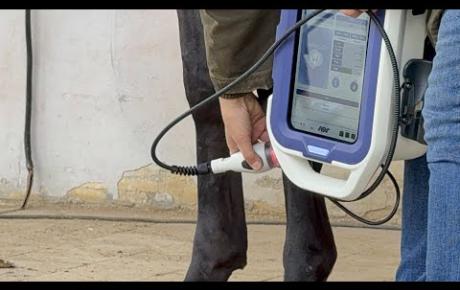A multitude of types of laser exist today.
They exploit the excitation and emission capacities of a variety of materials in the solid, liquid, gaseous, with semiconductors, or so-called chemical state. Each one possesses a different wavelength, different emission modes, and efficiency, depending on the materials used and their physical-chemical characteristics..
Emission Power
The lasers are also classified on the basis of their emission power, so we therefore have the so-called power lasers, medium power lasers, and low power lasers. The first include CO2, Argon, Ruby, Nd:YAG and some Diode lasers.
Carbon dioxide laser
This is certainly the most well-known among the molecular lasers. The energy levels used in the CO2 laser emission are related to the vibrational movements of the molecule and not to the electronic transitions; for this reason the wavelength of this laser is greater, and among the various lines of emission typical of this laser, the most widely used is in fact centered around 10,600 nm. The passage of the gas to the excited state is obtained either by means of electricity at a high voltage or radio frequency.
“As time goes on, I grow increasingly more pleased with my decision to add laser surgery to our practice. My confidence in using the surgical laser is amplified by the excellent results that I am getting, especially in situations where my experience with conventional surgery were not as optimal as I would have liked.“
-Lee. A. Wallace, DVM
CO2
The CO2 laser is very efficient, that is, the ratio between the energy used to produce the beam and the energy the beam transmits is relatively advantageous, even as much as 20-30% with powers in the range of tens of watts in continuous mode.
The emission of the laser beam can be produced either via a series of mirrors inside a jointed arm (the ML030 uses a patented titanium arm with seven joints), or conveyed by means of polycrystalline optical fibre or hollow fibre. The jointed arm is mounted onto the end part of the optic hand piece which focuses the beam. A light intensity of up to 50-80,000 W/cm2 can be reached on the focused spot. This intensity allows for carrying out high-precision cut tissue. If used in a defocused manner, with a spot diameter of approximately 1 mm, the power densities reached will be lower (200-600 W/cm2) and will allow for vaporizing vast skin surfaces.
ML030
The ML030 is able to operate in continuous (CW), pulsed (PW), or super-pulsed (SP) mode, with an average power of between 0.5 and 30 watts. Various accessories are available for enhancing the system: microscopes for micromanipulators, adaptors for rigid endoscopic surgery, surgical scanners, therapeutic scanners, spacers for therapy, etc.



